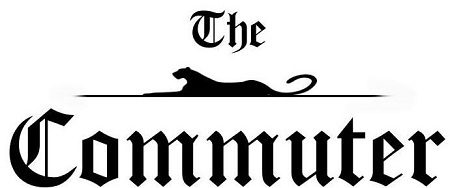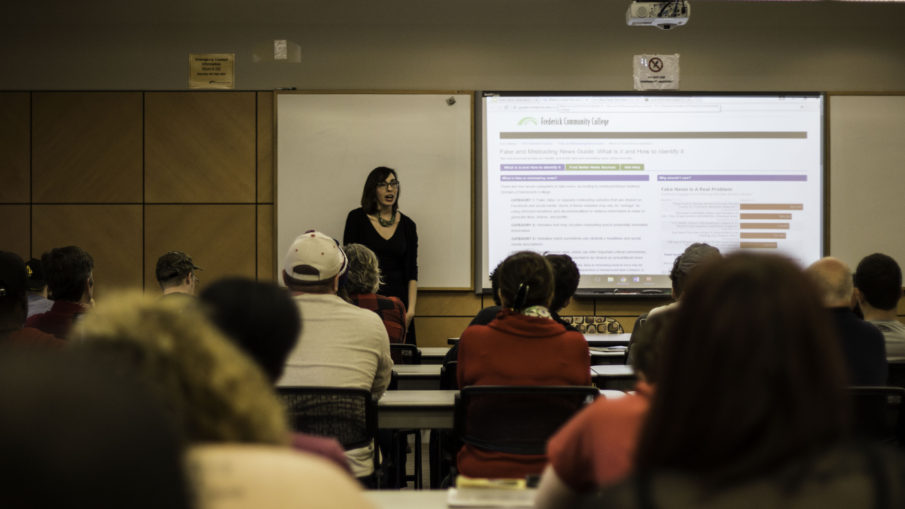College students and faculty gathered for an installment in a series of campus conversations, called “Truth, Facts and Alternative Facts: Navigating Our New Reality,” on March 8.
The meeting was led by Magin LaSov Gregg, assistant English professor, and Dr. Brian Stipelman, dean of arts and sciences, to discuss the term “fake news” and its implications on public trust in journalism.
Gregg took the floor to remind those in attendance of the First Amendment, which outlines the public’s right to unrestricted press — a right she described as the “fourth unofficial check on government power.”
A former journalist herself, Gregg says “public faith in media has been steadily eroding” and with the “rise of digital culture,” it is “becoming more difficult now to tell whether we’re seeing objective journalism or deceptive news.”
The discussion turned to the meaning of “fact” and the “what’s true to you isn’t true for me” narrative. Gregg presented an example from Marco Polo’s travels, where he encountered a rhinoceros and mistakenly believed he had discovered a unicorn.
“Do you think he was telling the truth?” Gregg asked the audience, explaining that this example illustrates the “very human tendency to identify narratives that support our preexisting beliefs.”
This unicorn-rhinoceros scenario is now faced by students consuming information in the digital age, who may be unknowingly fed bias-affirming news by social media outlets through an algorithm that tailors to users’ “likes” and “dislikes.”
“It’s a new iteration of a very old phenomenon, just the technology has changed,” Stipelman said. Before Internet, even newspapers were designed to attract a certain audience and confirm the beliefs of their readers.
Gregg and Stipelman presented the Wall Street Journal’s “Red Feed, Blue Feed” application to show a comparison between liberal and conservative social media feeds, highlighting the influence of media tailored to different political orientations.
When asked if they’ve ever judged an article based only on the headline, nearly all in attendance raised their hands, including both Gregg and Stipelman.
“Frederick Community College is combating the spread of fake news by creating a library research guide titled “Fake and Misleading News Guide,” which can be accessed through the library’s home page.
The guide helps students learn to identify and avoid fake news, and cultivate a knowledge of more reliable news sources. Included is an informational graphic that places news organizations on a spectrum according to their political bias or lack thereof.
“We are really concerned with empowering you to be critical thinkers and consumers of information,” Gregg said.
Students are advised to be on the lookout for the next campus conversation, addressing the first 100 days of Donald Trump’s presidency.

